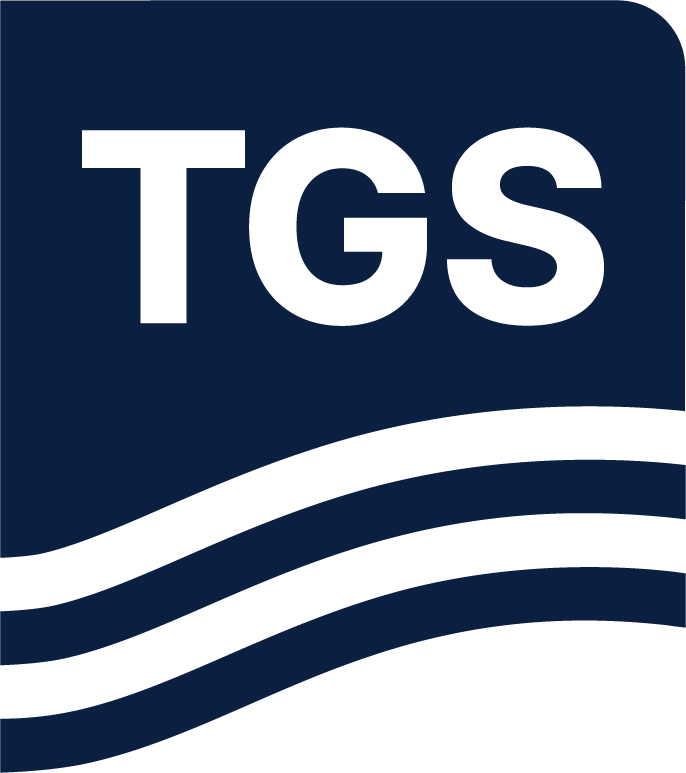Paper Summary
In deep water Ocean Bottom Node (OBN) surveys, the use of downgoing data post-wavefield separation is a common practice due to its illumination capabilities facilitated by mirror migration. As the depth of the survey increases, so does the discrepancy in illumination between the upgoing and downgoing wavefields. Irrespective of the employed wavefield separation method, the downgoing wavefield consistently harbors a more pronounced presence of free surface multiples compared to the upgoing wavefield, necessitating the application of multiple attenuation techniques. In the current paper, the author conducted an evaluation of the proposed methodology utilizing a dataset from a deep water Ocean Bottom Node (OBN) survey in Brazil.

